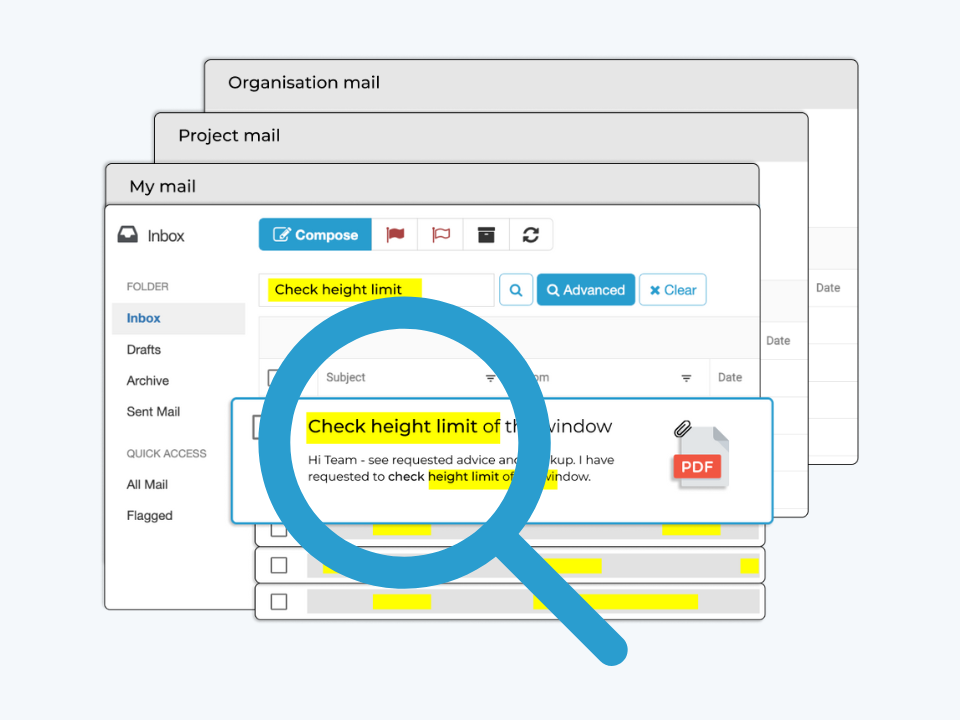TECHNOLOGY
History Favours Technology for De-Risking Developers
Australian developers are leveraging technology to de-risk and strengthen their position in preparation for further signs of emerging growth
Katie O'Mara | Published on 20 June 2022

While the Australian construction industry is feeling the impacts of Covid-induced pricing shocks and skills shortages, Australian developers are leveraging technology to de-risk and strengthen their position in preparation for further signs of emerging growth.
The Australian Performance of Construction Index showed gains for March, rising by 3.1 points to 56.5, with activity for commercial construction rising to 63.3 points and apartments rising to 56.3.
As an indicative measure of construction health, the outlook is positive and optimistic—scores above 50 indicate expansion in activity.
This is despite supply chain constraints, project delays and inflationary pressures that have continued into 2022, presenting opposing tensions that must be balanced against growth to ensure that the pace of new developments remains sustainable.
Developers have experienced price and market shocks before. A post-GFC financial analysis of 43 publicly listed and large private Australian companies operating across the supply chain found that developers were among those most affected by the GFC with profits plummeting by a minimum of 25 per cent.
How they respond to today’s challenges will influence the pace and success of recovery this time around.
Recent industry commentary by McKinsey & Company, who also compared the present post-Covid recovery period with the aftermath of the GFC reported “companies that came out ahead after the financial crisis of 2008 typically moved fast and hard on productivity” and “Leaders also invested heavily in digital technologies”.
For a successful post-Covid recovery, McKinsey suggested that construction companies invest in digital workflow management, automation of back-office processes, real-time progress tracking and digital collaboration tools.
As margins tighten and recent regulatory requirements shift responsibility up the line, developers are preparing to de-risk their position by establishing a clear audit trail of documents and communications across their projects.
Historically, there’s been extensive information asymmetry across the development and construction phases of a project.
The developer holds the lion’s share of the information from the early phases through to the tender process, and during handover some of this knowledge is lost when the project is novated to the contractor and the new team comes in using completely different software and systems.
This increases the chances of miscommunication, errors, rework and delays in the next phase.
Simpel's Chief Executive, Kurt Robinson, said that more developers were engaging Simpel to solve this problem, which will not only lead to higher productivity, but also helps them to de-risk their business.
“Developers are focused on automation and eliminating the disconnect between internal team members and external stakeholders,” Robinson, who co-founded Simpel, said.
“Too much time spent manually tracking projects, processing redundant documentation, and following up third parties increases hidden project costs and risks.
“Simpel’s software is ideally suited to be used across teams and spans the entire project lifecycle which ensures an uninterrupted flow of data between developers and contractors in real-time and reduces miscommunication or data loss—all of which is critical to ensure profitable project outcomes.”
Streamline team collaboration on your next project
Simpel's Project Management modules include a range of functionality to help you streamline team collaboration across the development lifecycle







